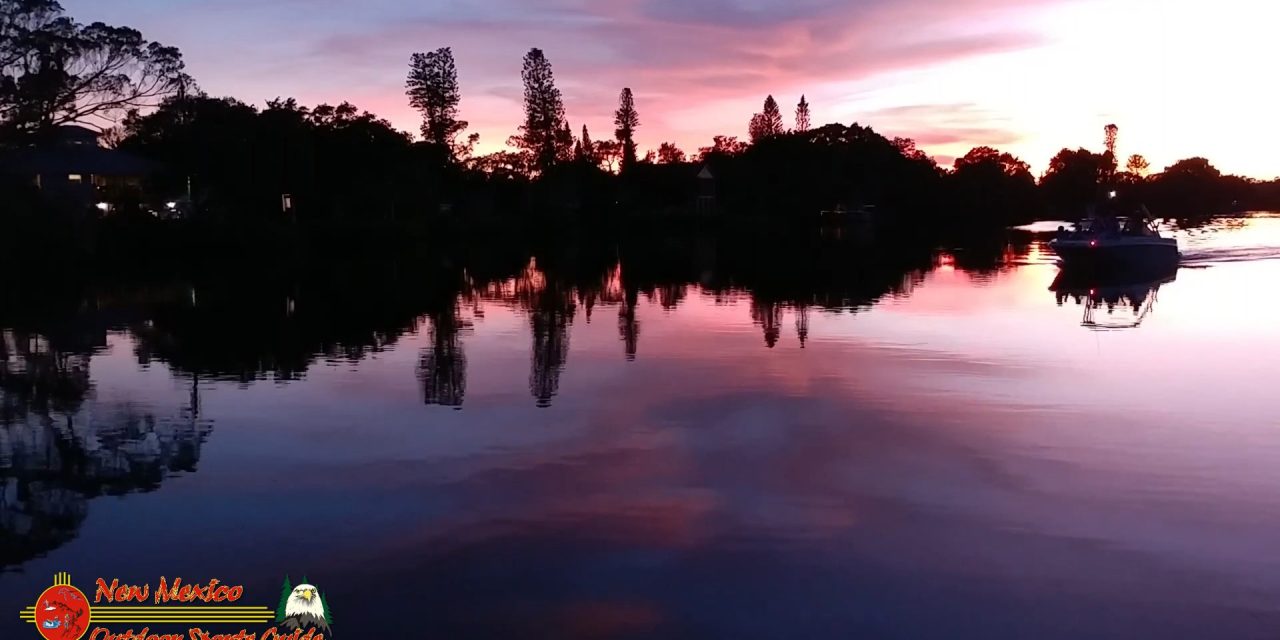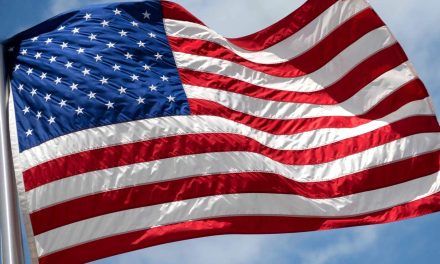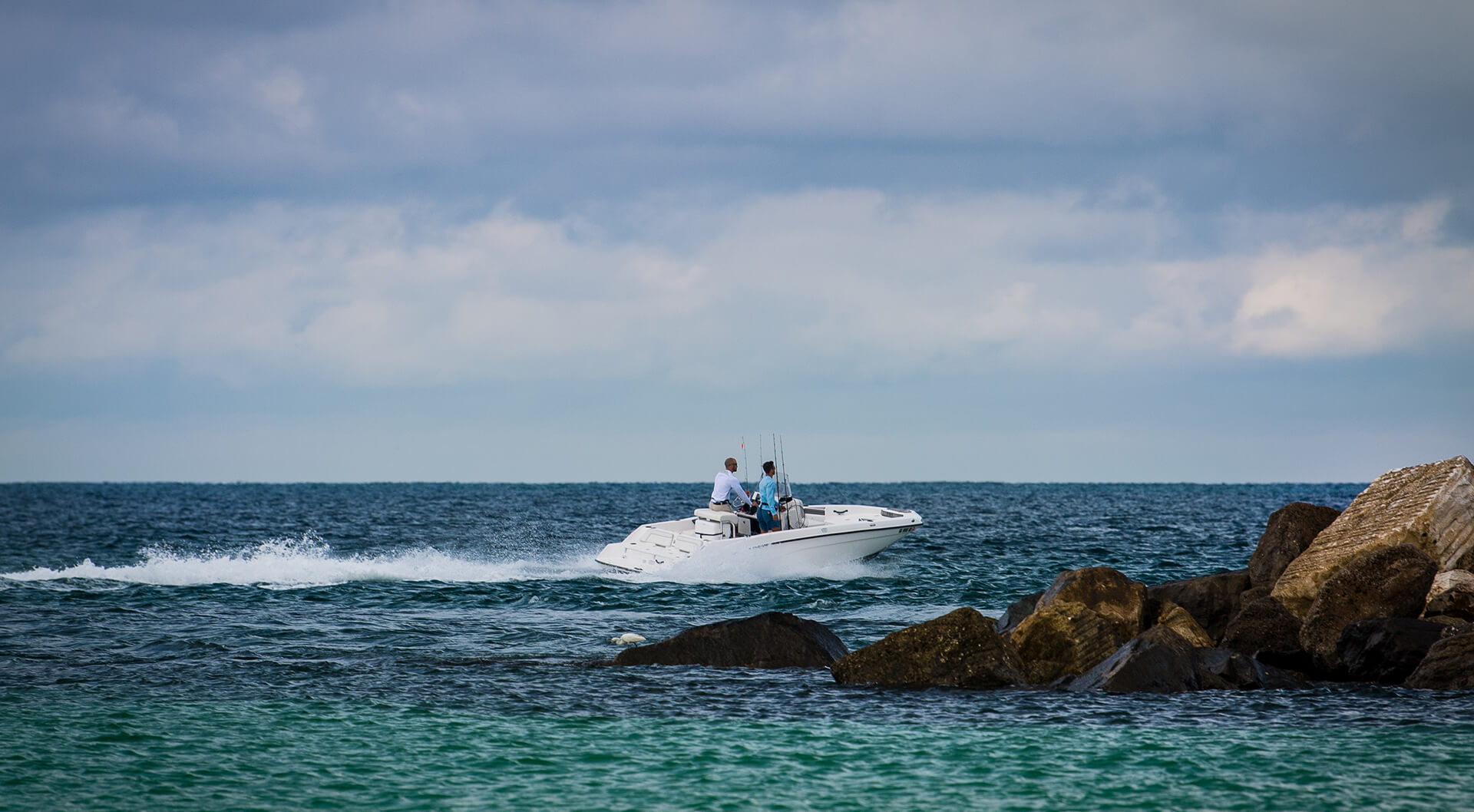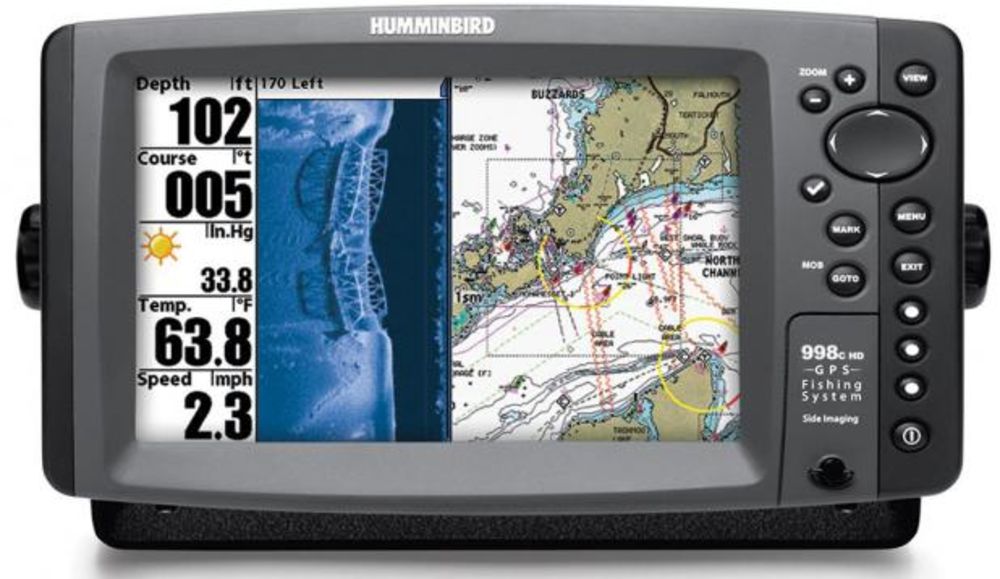Shakett Creek Island is one of Nokomis’ pristine communities positioned on a peninsula along Shakett Creek. This small, deed restricted community has all utilities underground, including central water and sewer, paved street and gated security.
Dona Bay, in Nokomis, is downstream of Shakett Creek, Fox Creek, Salt Creek, and Cowpen Slough. The watershed was dramatically altered by the construction of drainage canals in Cowpen Slough in the 1960s. Resultant increases in freshwater changed the estuarine ecosystem and has even been known to prevent tides from entering the Venice Inlet during summer rainy season. This tiny bay is protected as an Outstanding Florida Water and is part of the Charlotte Harbor National Estuary Program study area. There is a designated area for water sports activities in Dona Bay.
The area provides some of the most diverse and abundant recreational environments and facilities in the U.S.
The naming of Shakett Creek dates back to the arrival of Jesse Knight’s family to Nokomis in the late 1860s. They traveled overland from northeast of Tampa with covered wagons, buggies and mounted horses. When the group reached a sizable creek at the head of Dona Bay, the mules pulling the lead buggy refused to enter the water. To encourage them to move, one of Knight’s sons shook a dried deer hide. The resulting cracking sound so startled the animals, they plunged into the creek, upsetting several vehicles. The resulting name, “Shake-it” Creek, has survived with only a spelling change.
Estuary, “the cradle of the ocean”
An estuary is a semi-enclosed area, such as a bay or lagoon, where fresh water meets and mixes with salt water. An estuary is a dynamic system with constantly changing tides and temperatures where waters are alternately salty and fresh.
Survival of plants and animals in estuaries requires special adaptations. The ebb and flow of tides may leave some animals and plants, such as oysters and sea grasses, temporarily exposed to air.
Life in an estuary is naturally adapted to withstand ranges in salinity, tides, sunlight and temperatures. They must, however, have a balanced flow of fresh and salt water. This balance can be upset if too much fresh water enters the estuary.
Estuaries, considered “the cradle of the ocean” are home to more than 95% of Florida’s recreational and commercial juvenile fish, crustaceans and shellfish.





